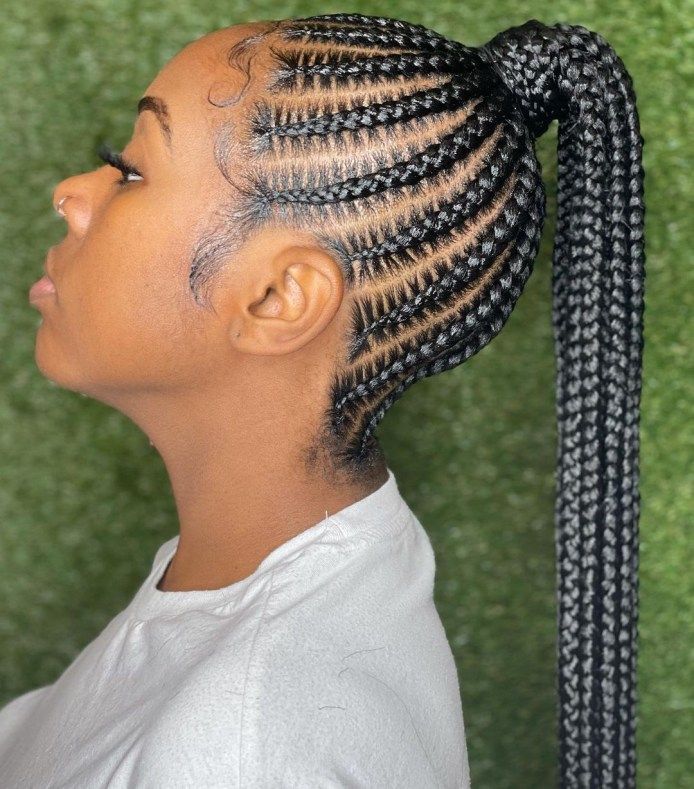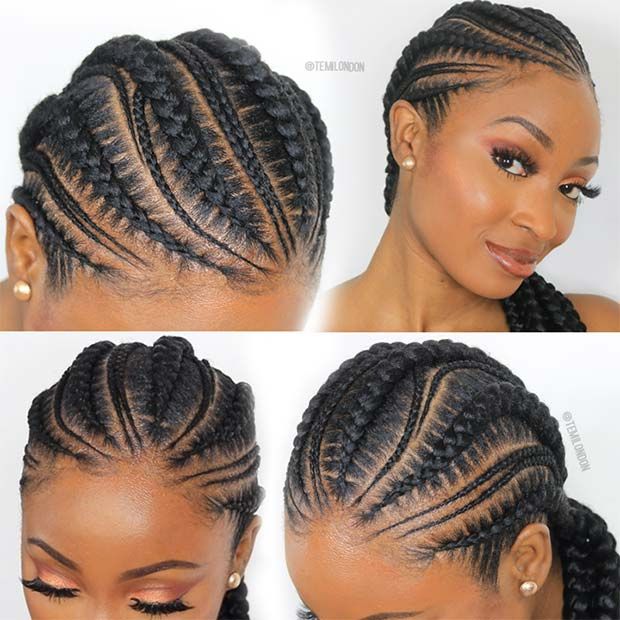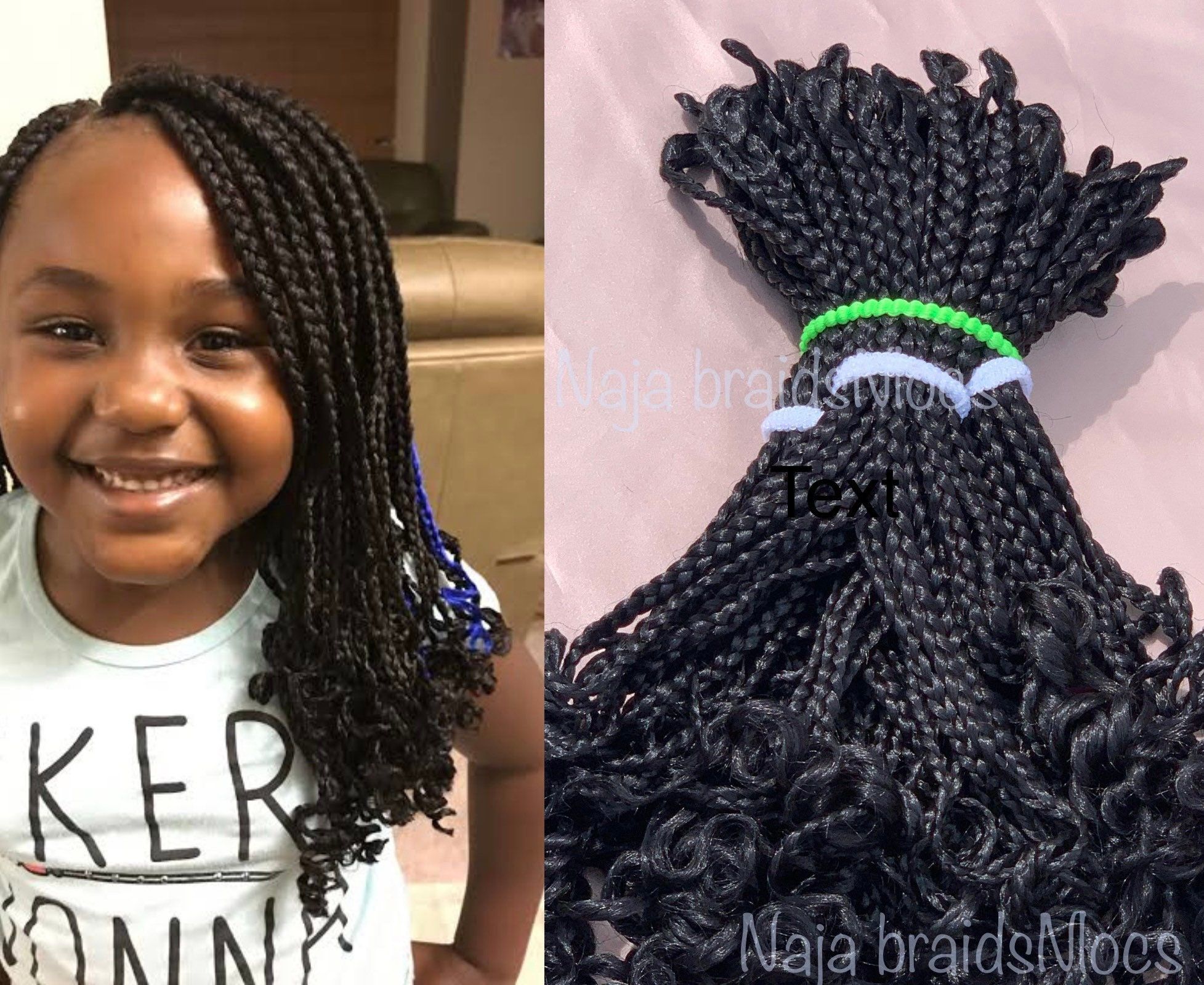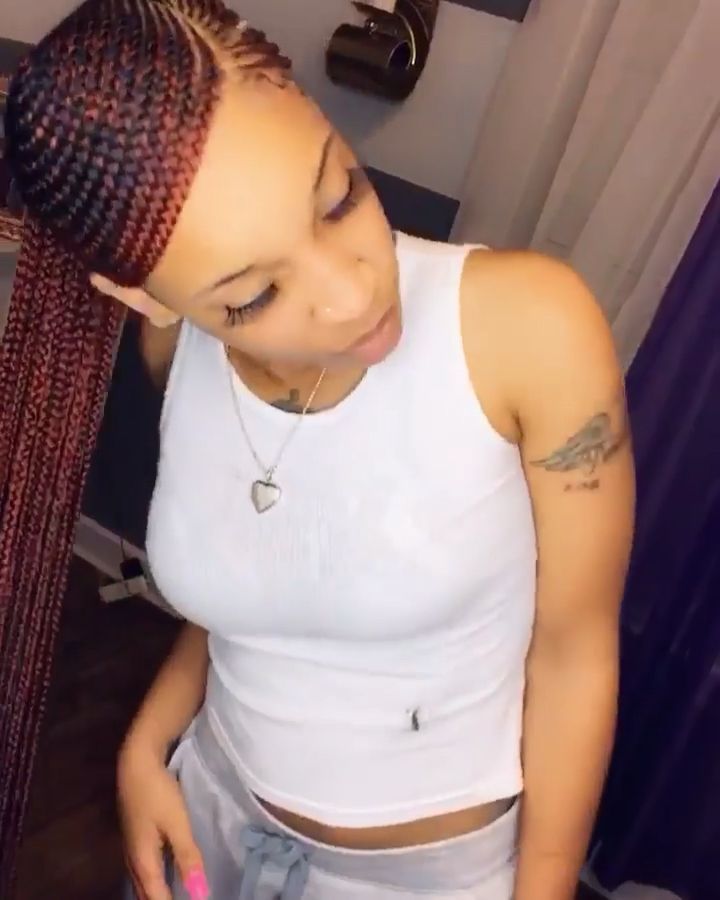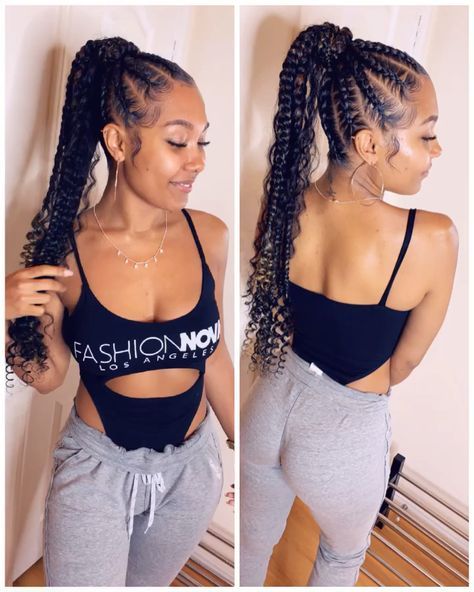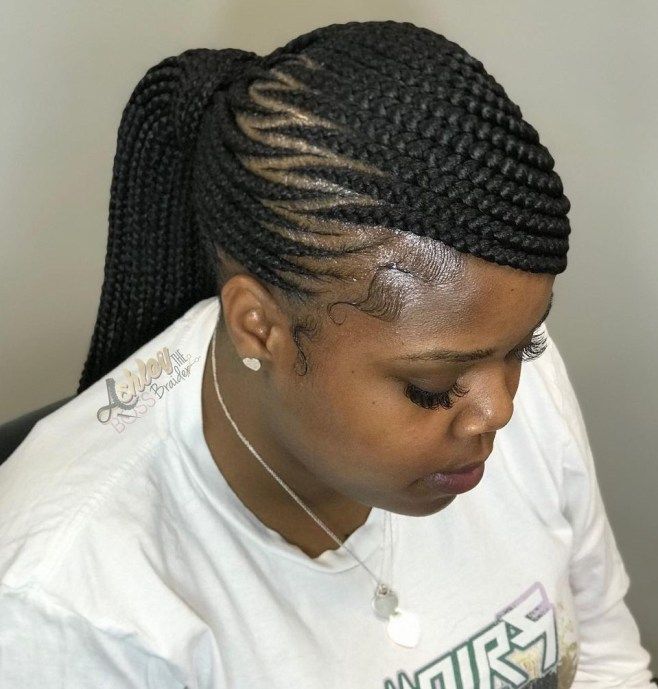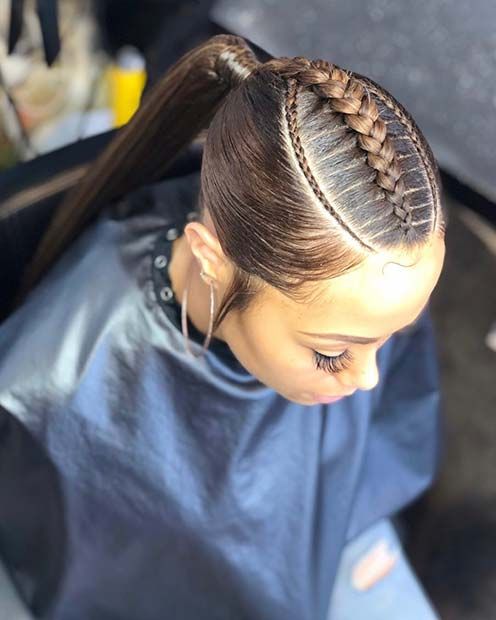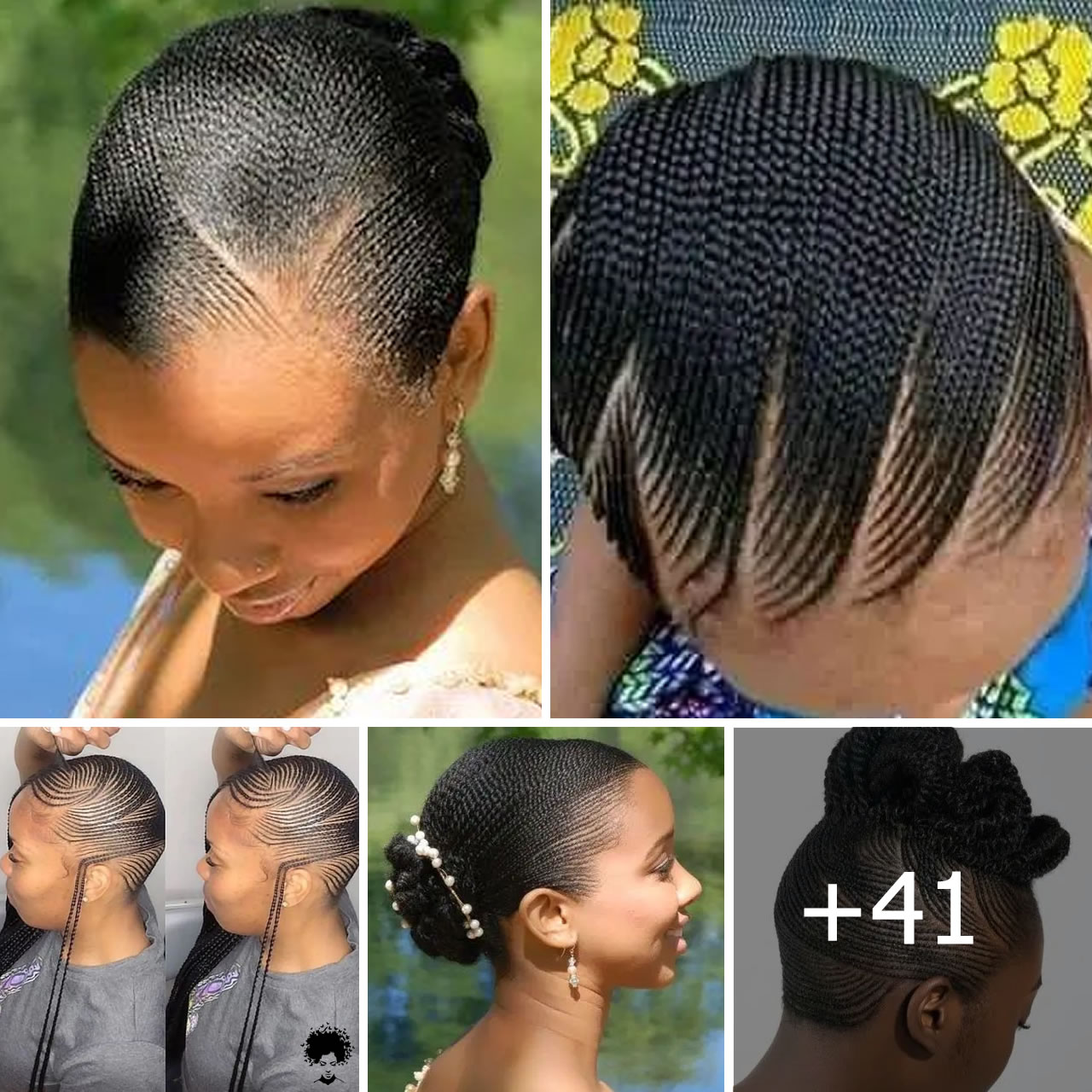African hair braiding styles are much more than just a hairstyle; they’re a legacy. Having graced the heads of African ancestors for centuries, these styles have been passed down through generations, evolving with the times yet retaining their cultural essence. If you’re considering diving into the world of African hair braids, here’s a closer look at the significance, variety, and benefits of these timeless hairstyles.
Historical and Cultural Significance
The roots of African hair braiding stretch deep into the annals of African history. They were more than just a hairstyle:
- Identity Markers: The patterns, sizes, and designs of the braids often signified a person’s tribe, status, age, or even marital status.
- Social Bonding: Braiding was a social activity, where women would gather and bond as they braided each other’s hair.
- Artistic Expression: Braids allowed for artistic expression, with many traditional braiders crafting designs as an artist would on canvas.
The Many Styles and Their Unique Flair
- Cornrows: These tight, close-to-the-scalp braids can be crafted in straight rows or intricate patterns. They are versatile and can be styled into updos, buns, or left down.
- Box Braids: Individual plaits divided by small squared-off parts or “boxes”. They can vary in thickness and length, offering a lot of room for customization.
- Senegalese Twists: These involve twisting the hair rather than traditional braiding. They offer a different texture and look, and are particularly protective for curly hair.
- Ghana Braids: These start with a thinner base, gradually increasing in size as more hair is incorporated. They are often adorned with beads or shells.
- Bantu Knots: Dividing hair into sections, twisting them, and then wrapping these twists into a tight knot creates this style. It can also serve as a two-in-one style; when untwisted, it gives beautiful curls.
Benefits of African Hair Braiding
- Protection: They shield natural hair from environmental stressors like sun, wind, and pollution.
- Low Maintenance: Once installed, these styles can last for weeks with minimal care, making morning routines easier.
- Versatility: They can be styled in countless ways – up, down, half-up, buns, and more.
- Natural Hair Growth: With reduced daily manipulation and breakage, braids often support and promote healthier hair growth.
Conclusion
African hair braiding is an exquisite blend of art, history, and functionality. Whether you’re seeking a connection to African roots or simply a trendy, low-maintenance hairstyle, these braids are a testament to the rich tapestry of African culture. Embracing them is not just about making a fashion statement; it’s about wearing a crown crafted by history.



